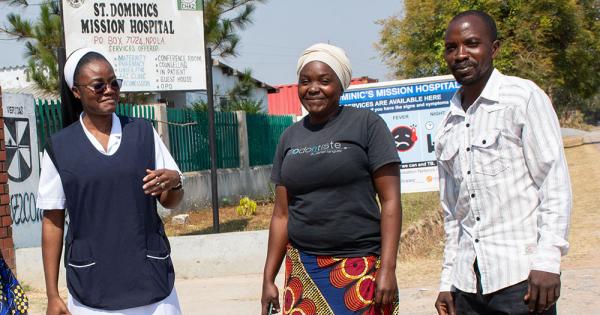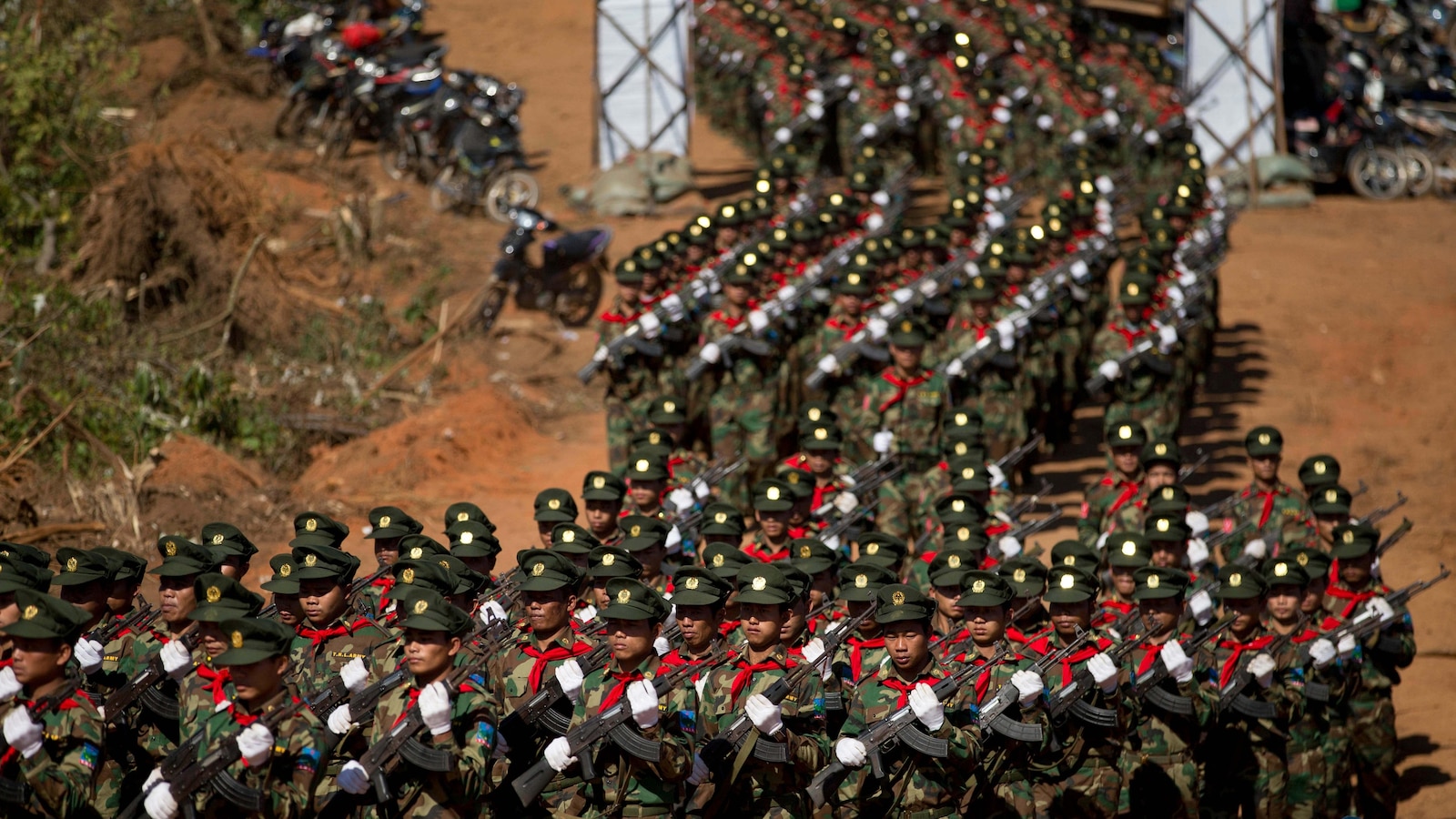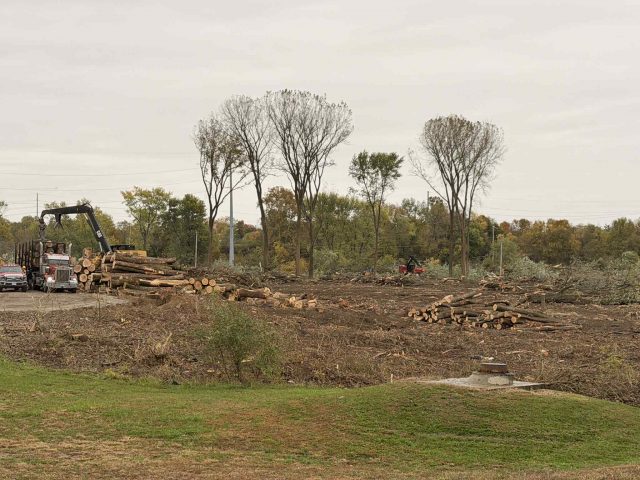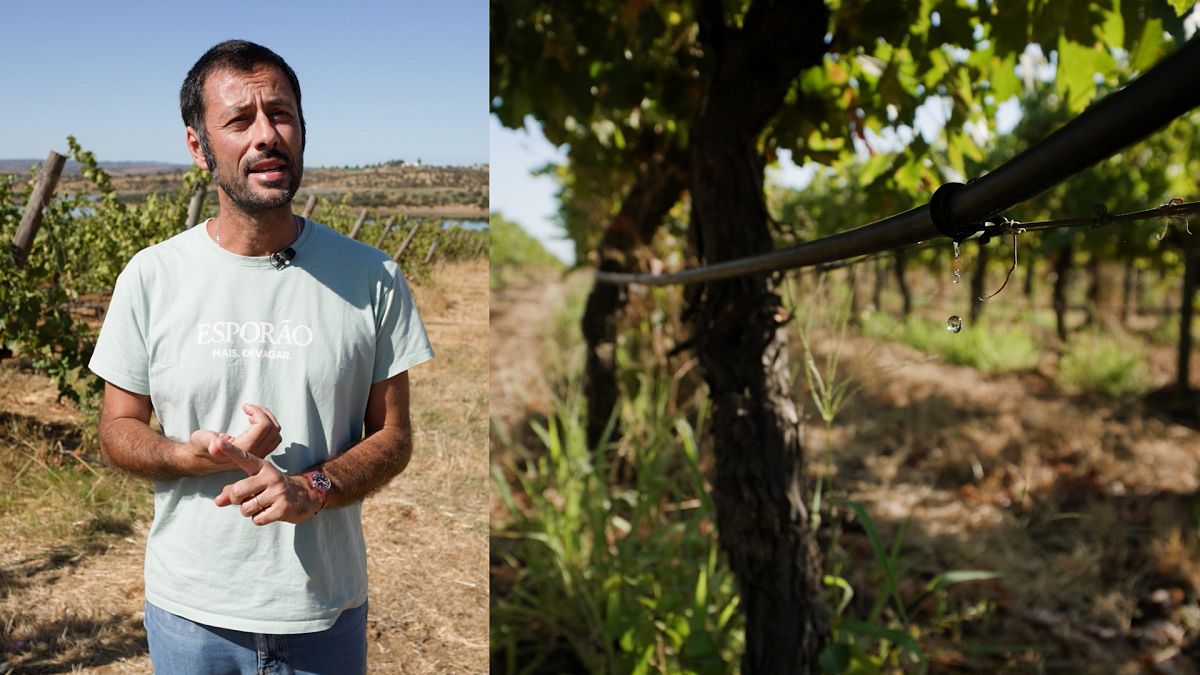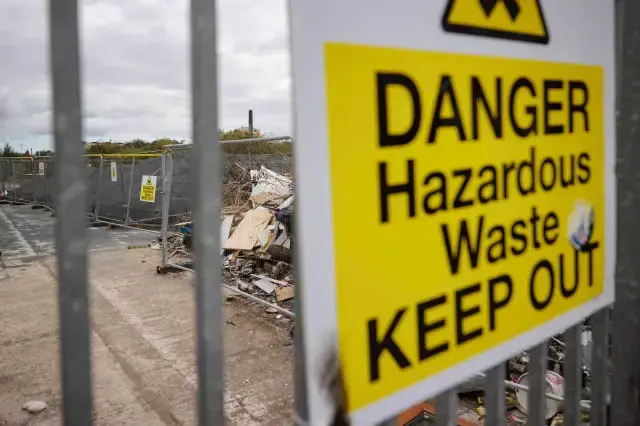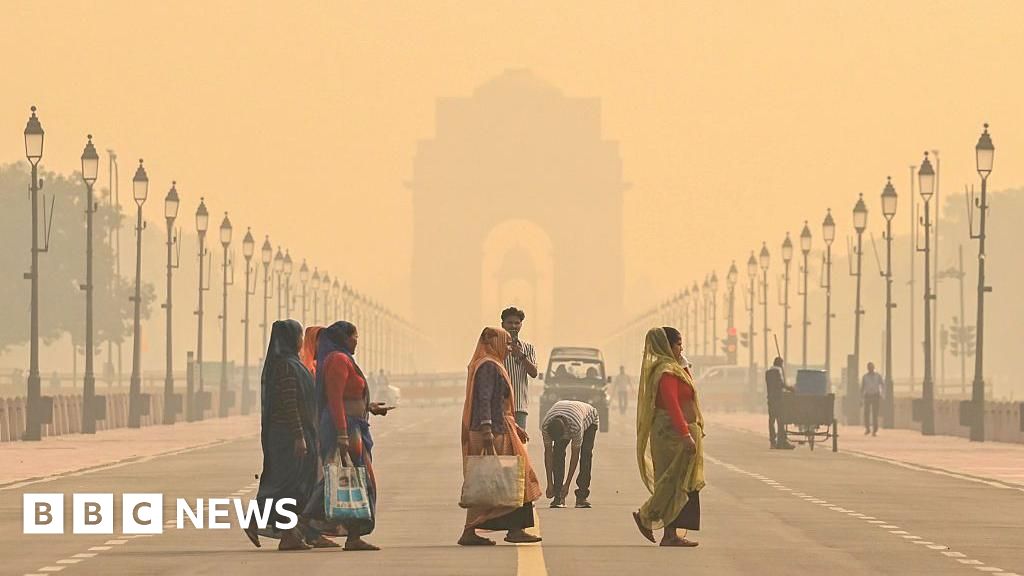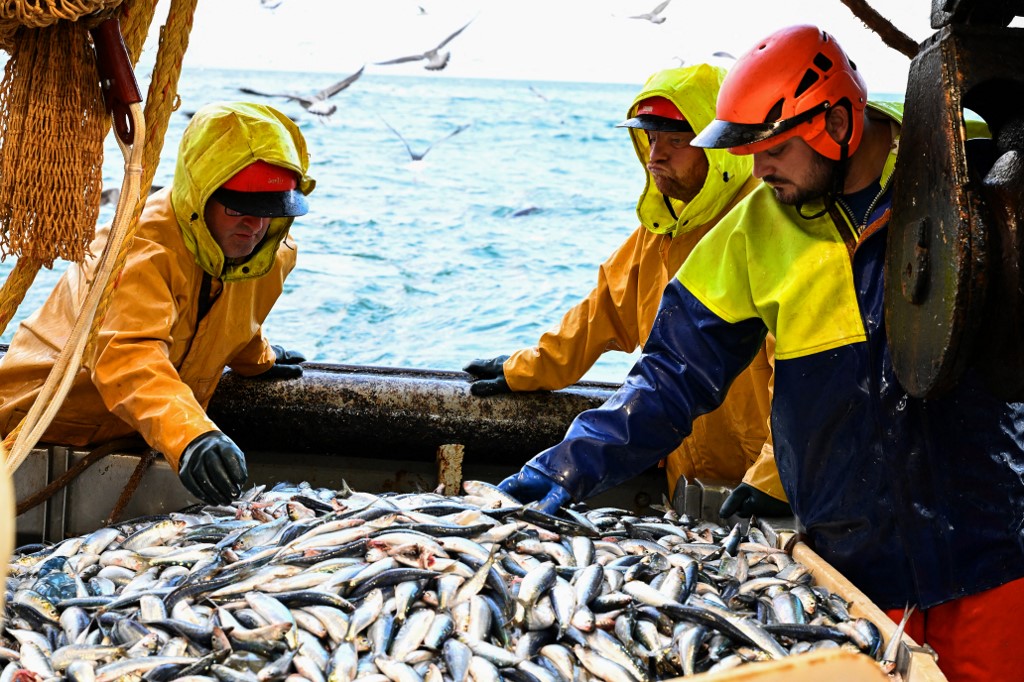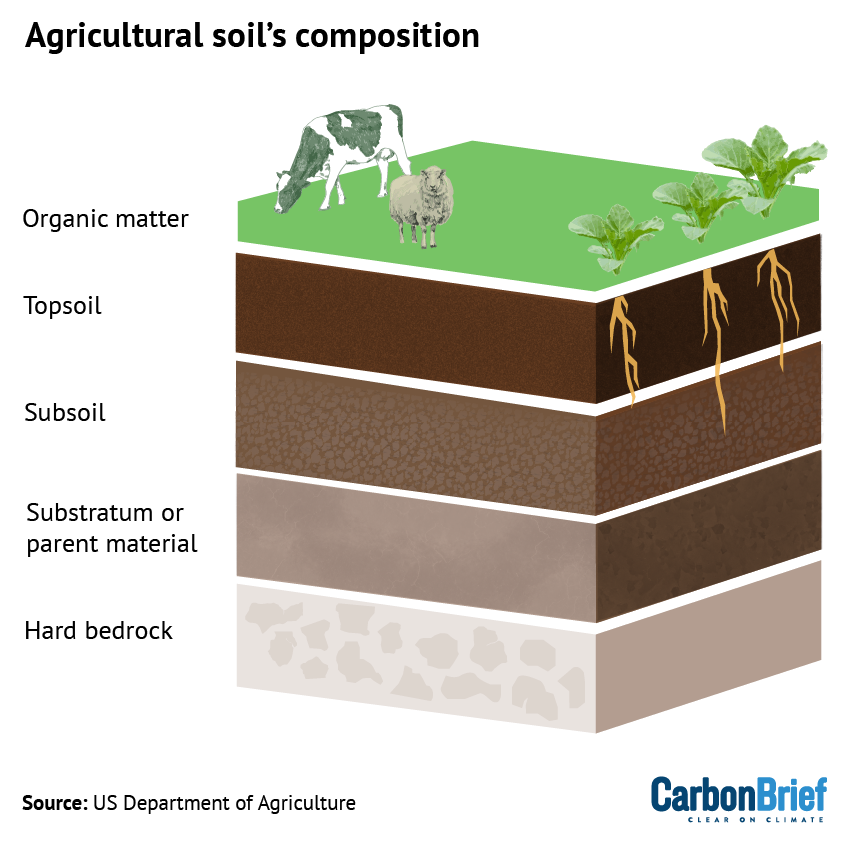Webinar Registration: Addressing the Impact of Extreme Heat on Young Children – Center on the Developing Child at Harvard University

Report on Addressing the Impact of Extreme Heat on Young Children
Introduction
Excessive heat poses significant risks to the development and health of young children, affecting them both immediately and throughout their lifespan. Implementing effective strategies to reduce exposure to extreme heat is crucial for safeguarding children, supporting caregivers, and strengthening community resilience. These efforts align closely with several Sustainable Development Goals (SDGs), including SDG 3 (Good Health and Well-being), SDG 11 (Sustainable Cities and Communities), and SDG 13 (Climate Action).
Event Overview
A live conversation titled Addressing the Impact of Extreme Heat on Young Children was held on July 17 at 1 pm ET. The event focused on exploring community-driven approaches to mitigate the effects of extreme heat on early childhood development, emphasizing sustainable and equitable solutions.
Key Participants and Contributions
- Lindsey Burghardt, MD, MPH, FAAP – Chief Science Officer at the Center on the Developing Child and Founding Director of the Early Childhood Scientific Council on Equity and the Environment (ECSCEE). Dr. Burghardt led the discussion and highlighted findings from the 2024 working paper Extreme Heat Affects Early Childhood Development and Health. This research underscores the urgent need for climate-responsive policies that protect vulnerable populations, particularly young children.
- Michelle Kang – Chief Executive Officer of the National Association for the Education of Young Children (NAEYC). Ms. Kang shared innovative educational and community strategies aimed at supporting caregivers and ensuring safe environments for children amid rising temperatures.
- Jennifer Vanos, PhD – Associate Professor in the School of Sustainability and the College of Global Futures at Arizona State University. Dr. Vanos presented sustainable solutions and scientific insights on mitigating heat exposure, reinforcing the importance of integrating climate action (SDG 13) with child health and well-being initiatives.
Strategies to Protect Young Children from Extreme Heat
- Community Engagement and Education
- Raising awareness among caregivers about heat risks and prevention methods.
- Implementing educational programs that promote adaptive behaviors during heat waves.
- Environmental and Infrastructure Improvements
- Increasing green spaces and shaded areas in urban settings to reduce heat exposure.
- Enhancing cooling centers and safe indoor environments accessible to families.
- Policy and Advocacy
- Advocating for policies that address climate change impacts on vulnerable populations.
- Integrating child health considerations into urban planning and climate resilience frameworks.
Alignment with Sustainable Development Goals (SDGs)
- SDG 3: Good Health and Well-being – Protecting children’s health by reducing heat-related illnesses and developmental risks.
- SDG 11: Sustainable Cities and Communities – Creating resilient urban environments that safeguard vulnerable populations from climate hazards.
- SDG 13: Climate Action – Promoting adaptive strategies and policies to mitigate the adverse effects of climate change on early childhood development.
Conclusion
Addressing the impact of extreme heat on young children requires a multidisciplinary approach that integrates health, education, sustainability, and equity. The collaborative efforts highlighted in this event demonstrate the critical role of community engagement, scientific research, and policy advocacy in advancing the Sustainable Development Goals and ensuring a healthy future for all children.
1. Sustainable Development Goals (SDGs) Addressed or Connected
- SDG 3: Good Health and Well-being
- The article discusses the impact of excessive heat on young children’s health and development, directly relating to ensuring healthy lives and promoting well-being for all ages.
- SDG 4: Quality Education
- Focus on early childhood development and supporting caregivers aligns with ensuring inclusive and equitable quality education and promoting lifelong learning opportunities.
- SDG 11: Sustainable Cities and Communities
- Strategies to reduce exposure to extreme heat in communities relate to making cities and human settlements inclusive, safe, resilient, and sustainable.
- SDG 13: Climate Action
- Addressing the effects of extreme heat is directly linked to combating climate change and its impacts.
2. Specific Targets Under Those SDGs Identified
- SDG 3: Good Health and Well-being
- Target 3.2: End preventable deaths of newborns and children under 5 years of age.
- Target 3.9: Reduce the number of deaths and illnesses from hazardous chemicals and air, water and soil pollution and contamination (extreme heat impacts health similarly).
- SDG 4: Quality Education
- Target 4.2: Ensure that all girls and boys have access to quality early childhood development, care and pre-primary education.
- SDG 11: Sustainable Cities and Communities
- Target 11.5: Reduce the number of deaths and the number of people affected by disasters, including extreme weather events.
- Target 11.6: Reduce the adverse per capita environmental impact of cities, including air quality and waste management (related to heat mitigation strategies).
- SDG 13: Climate Action
- Target 13.1: Strengthen resilience and adaptive capacity to climate-related hazards and natural disasters.
3. Indicators Mentioned or Implied to Measure Progress
- Health and Development Indicators for Children
- Incidence of heat-related illnesses in young children.
- Measures of early childhood developmental milestones affected by heat exposure.
- Education Indicators
- Access to early childhood development programs that incorporate heat mitigation strategies.
- Community Resilience Indicators
- Number of community initiatives or policies implemented to reduce heat exposure.
- Reduction in heat-related emergency incidents in communities.
- Climate Adaptation Indicators
- Implementation of adaptive strategies to extreme heat events.
- Monitoring of temperature extremes and their impact on vulnerable populations.
4. Table of SDGs, Targets, and Indicators
| SDGs | Targets | Indicators |
|---|---|---|
| SDG 3: Good Health and Well-being |
|
|
| SDG 4: Quality Education |
|
|
| SDG 11: Sustainable Cities and Communities |
|
|
| SDG 13: Climate Action |
|
|
Source: developingchild.harvard.edu

What is Your Reaction?
 Like
0
Like
0
 Dislike
0
Dislike
0
 Love
0
Love
0
 Funny
0
Funny
0
 Angry
0
Angry
0
 Sad
0
Sad
0
 Wow
0
Wow
0









